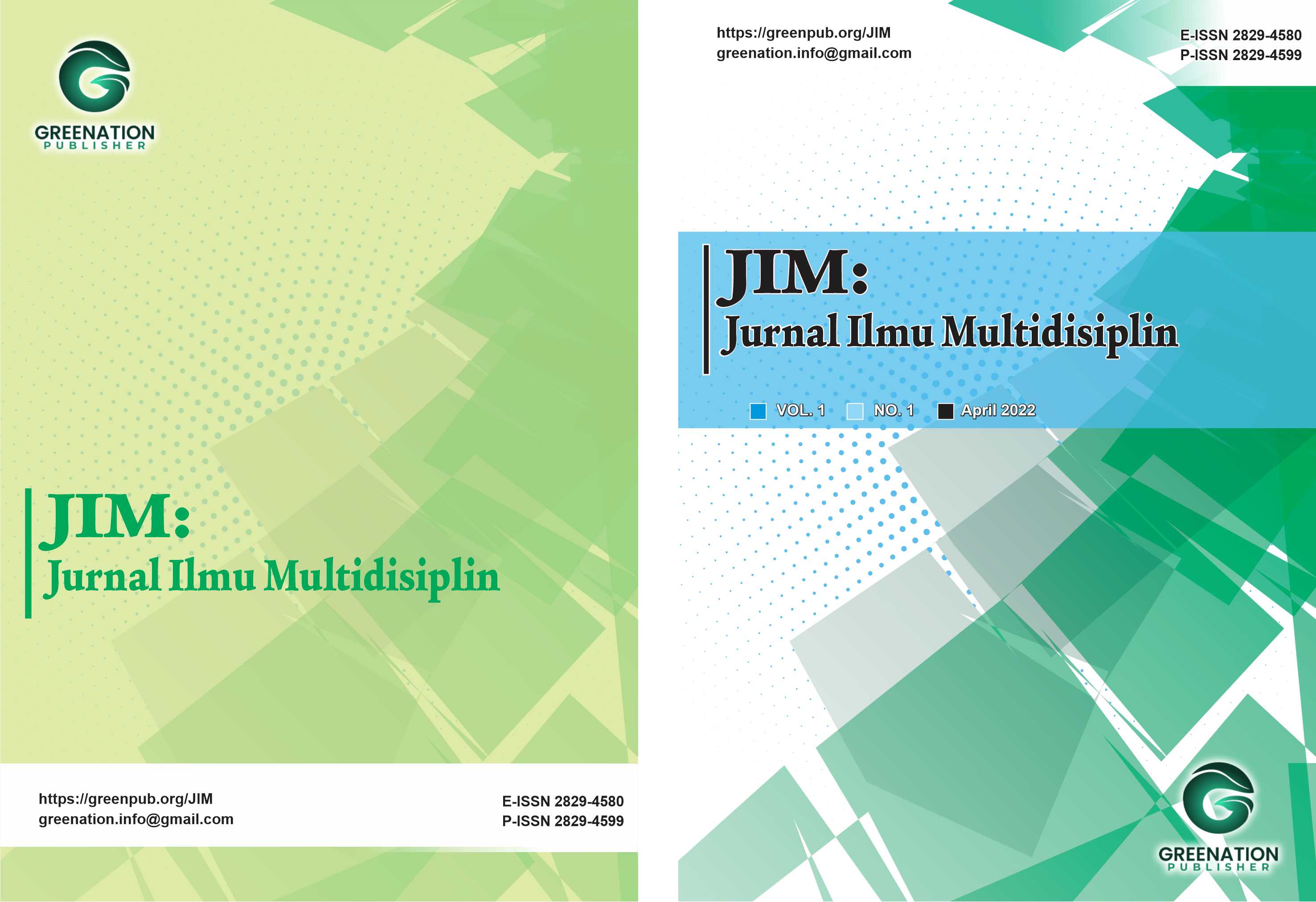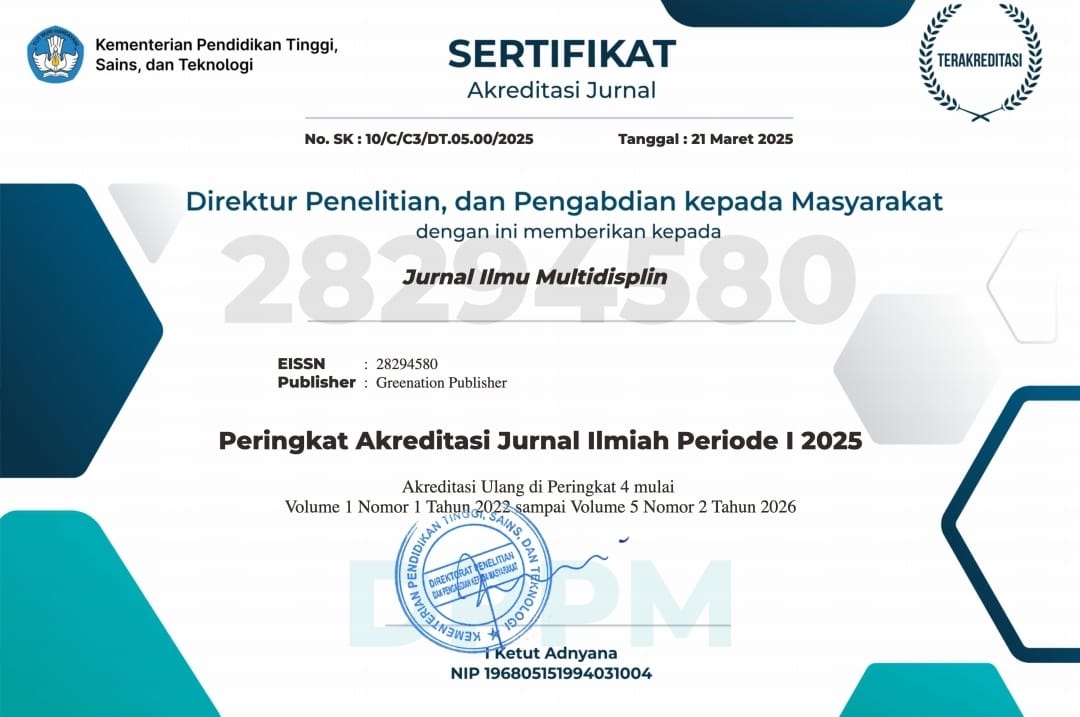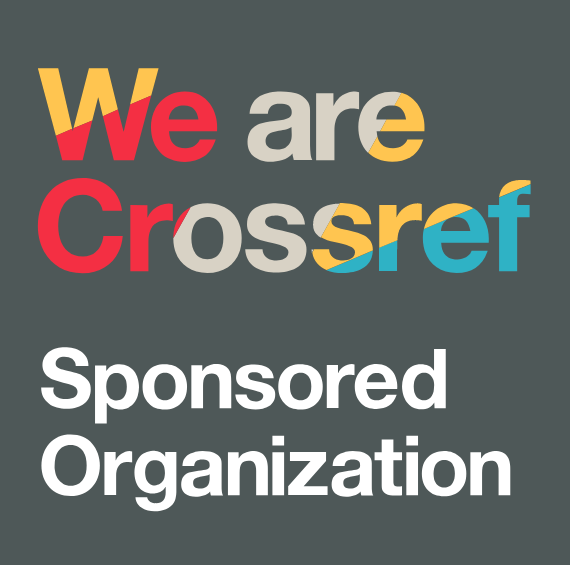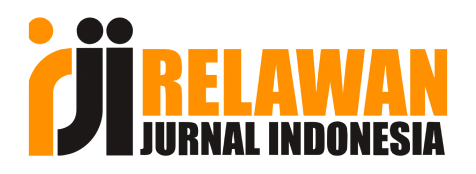Gaya Hidup dan Stres terhadap Keseimbangan Tekanan Darah
DOI:
https://doi.org/10.38035/jim.v4i1.834Keywords:
Gaya Hidup, Stress, Pencegahan HipertensiAbstract
Hubungan antara gaya hidup, tingkat stres, dan faktor-faktor lain terhadap tekanan darah telah menjadi perhatian penting dalam berbagai penelitian. Kajian ini merangkum hasil dari 10 artikel penelitian yang berfokus pada gaya hidup, aktivitas fisik, pola makan, kualitas tidur, dan intervensi non-farmakologis dalam pengendalian tekanan darah. Penelitian ini menggunakan berbagai metode, termasuk studi observasional, eksperimental, dan longitudinal, dengan populasi beragam seperti remaja, lansia, karyawan, dan mahasiswa. Hasil menunjukkan bahwa gaya hidup tidak sehat, tingkat stres tinggi, konsumsi garam berlebih, dan pola makan buruk meningkatkan risiko hipertensi. Sebaliknya, aktivitas fisik teratur, meditasi, relaksasi nafas dalam, dan kualitas tidur yang baik efektif dalam menurunkan tekanan darah. Intervensi gaya hidup dan manajemen stres terbukti menjadi komponen penting dalam strategi pencegahan dan pengendalian hipertensi. Temuan ini memberikan panduan praktis untuk intervensi kesehatan masyarakat dan individu dalam upaya menurunkan prevalensi hipertensi.
References
Ankhofiya, D., Kholifah, S. N., & Martiana, T. (2021). Analisis hubungan manajemen stres dengan tingkat tekanan darah pada remaja SMP kelas 8 se-Surabaya. Jurnal Pendidikan Dan Kesehatan, 6(4), 215–223.
Aqsho, I. B., & Pudjijuniarto. (2023). Hubungan tingkat stres terhadap tekanan darah pada usia madya di Desa Katikan Kabupaten Ngawi. Jurnal Kesehatan, 10(2), 45–53.
Aulia, & Pratama. (2023). Peran meditasi dalam menurunkan tingkat stres dan tekanan darah pada pasien hipertensi. Jurnal Terapi Alternatif, 15(1), 23–30.
Blumenthal, J. A., Babyak, M. A., & Carney, R. M. (2019). The effects of stress management interventions on hypertension: A systematic review. Journal of Hypertension, 37(5), 850–858.
Chobanian, A. V, Bakris, G. L., & Black, H. R. (2019). The Seventh Report of the Joint National Committee on Prevention, Detection, Evaluation, and Treatment of High Blood Pressure. JAMA, 289(19), 2560–2571. https://doi.org/10.1001/jama.2003.1542
Esler, M., Lambert, G., & Jennings, G. (2017). The sympathetic nervous system and hypertension. The New England Journal of Medicine, 361(4), 377–386. https://doi.org/10.1056/NEJMra0900493
Grandner, M. A., Jackson, N., & Gerstner, J. (2020). The relationship between sleep, hypertension, and cardiovascular disease. Current Cardiovascular Risk Reports, 14(3), 12–20. https://doi.org/10.1007/s12170-020-0721-1
Halawa, A., Artini, B., & Manutmasa, Y. S. (2023). Hubungan tingkat stres dengan kejadian hipertensi pada usia dewasa awal (18-40 tahun). Jurnal Ilmu Kesehatan, 12(3), 112–120.
Hidayani, H., Santi, T. D., & Arbi, A. (2023). Hubungan gaya hidup dan stres terhadap kejadian hipertensi pada laki-laki usia 45-54 tahun di wilayah kerja Puskesmas Ulee Kareng Kota Banda Aceh. Jurnal Kesehatan Masyarakat, 11(4), 34–42.
Hidayatunnafi’ah, A. (2023). Hubungan gaya hidup dan tingkat stres dengan kejadian hipertensi di usia produktif. Jurnal Gaya Hidup Dan Kesehatan, 8(1), 78–85.
Kabbash, I. A., Shokeir, A. A., & Mahmoud, A. R. (2021). The impact of lifestyle interventions on hypertension. Journal of Hypertension Research, 18(4), 202–210.
Lavanya, M., Sujatha, S., & Krishnan, K. (2020). Impact of dietary habits on hypertension: A review. International Journal of Preventive Medicine, 11(6), 224–231.
Lee, M., & Kim, Y. (2019). Effects of stress on cardiovascular health: A review of the literature. Cardiovascular Research, 113(2), 162–170.
Lingga, M. O., Pakpahan, R. E., & Ginting, F. S. H. (2023). Hubungan tingkat stres dengan tekanan darah pada penderita hipertensi usia produktif di Puskesmas Padang Bulan Medan. Jurnal Kesehatan Indonesia, 14(2), 98–106.
Mills, K. T., Bundy, J. D., & Kelly, T. N. (2020). Global burden of hypertension: Analysis of worldwide data. The Lancet, 386(9997), 2223–2232. https://doi.org/10.1016/S0140-6736(15)60843-9
Oparil, S., Acelajado, M. C., & Bakris, G. L. (2021). Hypertension: Pathophysiology and Treatment. JAMA, 325(4), 319–331. https://doi.org/10.1001/jama.2020.22973
Pescatello, L. S., Franklin, B. A., & Fagard, R. (2019). Exercise and Hypertension: American College of Sports Medicine Position Stand. Medicine & Science in Sports & Exercise, 31(3), 532–540. https://doi.org/10.1249/01.MSS.0000183794.72635.78
Putra, M. M., Darmayasa, I. K. N., Bukian, P. A. W., Widiyanto, A., & Atmojo, J. T. (2021). Hubungan keadaan sosial ekonomi dan tingkat stres dengan kejadian hipertensi. Jurnal Epidemiologi, 9(3), 67–75.
Reiner, M., Noyes, J., & Smith, A. (2020). Lifestyle interventions in the management of hypertension: A systematic review. American Journal of Lifestyle Medicine, 14(3), 225–234.
Simalango, E. Y. M. (2021). Hubungan tekanan darah dan tingkat stres pada dewasa muda. Jurnal Kesehatan Mental, 7(2), 120–127.
Steptoe, A., & Kivimäki, M. (2020). Stress and cardiovascular disease. Nature Reviews Cardiology, 17(3), 131–144. https://doi.org/10.1038/s41569-019-0314-4
Wang, Y., & Liu, Y. (2021). Stress management for hypertension: A review. International Journal of Environmental Research and Public Health, 18(12), 6521–6533.
Whelton, P. K., & Carey, R. M. (2020). The 2017 guidelines for the prevention, detection, evaluation, and management of high blood pressure in adults. Hypertension, 72(6), 1106–1117.
Zainal Prio, A., Sahar, J., & Rekawati, E. (2023). Stress management in the elderly with hypertension: Scoping review. Jurnal Perawatan Lansia, 18(2), 45–55.
Downloads
Published
How to Cite
Issue
Section
License
Copyright (c) 2025 Ihsan Darmawan, Dwi Heppy Rochmawati, Dwi Retno, Ahmad Ikhlasul Amal

This work is licensed under a Creative Commons Attribution 4.0 International License.
You are free to:
- Share— copy and redistribute the material in any medium or format
- Adapt— remix, transform, and build upon the material for any purpose, even commercially.
The licensor cannot revoke these freedoms as long as you follow the license terms.
Under the following terms:
- Attribution— You must give appropriate credit, provide a link to the license, and indicate if changes were made. You may do so in any reasonable manner, but not in any way that suggests the licensor endorses you or your use.
- No additional restrictions— You may not apply legal terms or technological measures that legally restrict others from doing anything the license permits.
Notices:
- You do not have to comply with the license for elements of the material in the public domain or where your use is permitted by an applicable exception or limitation.
- No warranties are given. The license may not give you all of the permissions necessary for your intended use. For example, other rights such as publicity, privacy, or moral rightsmay limit how you use the material.



























